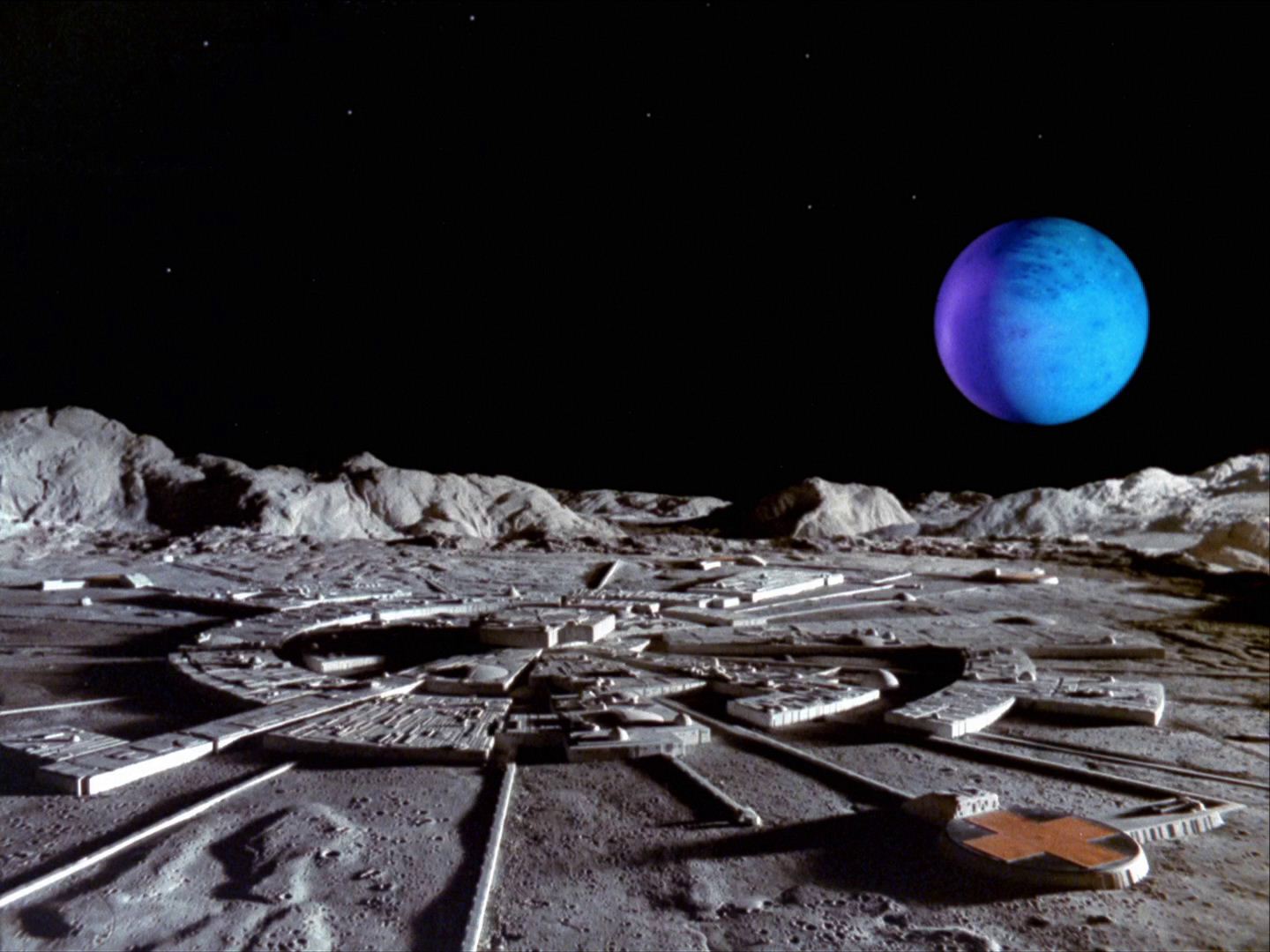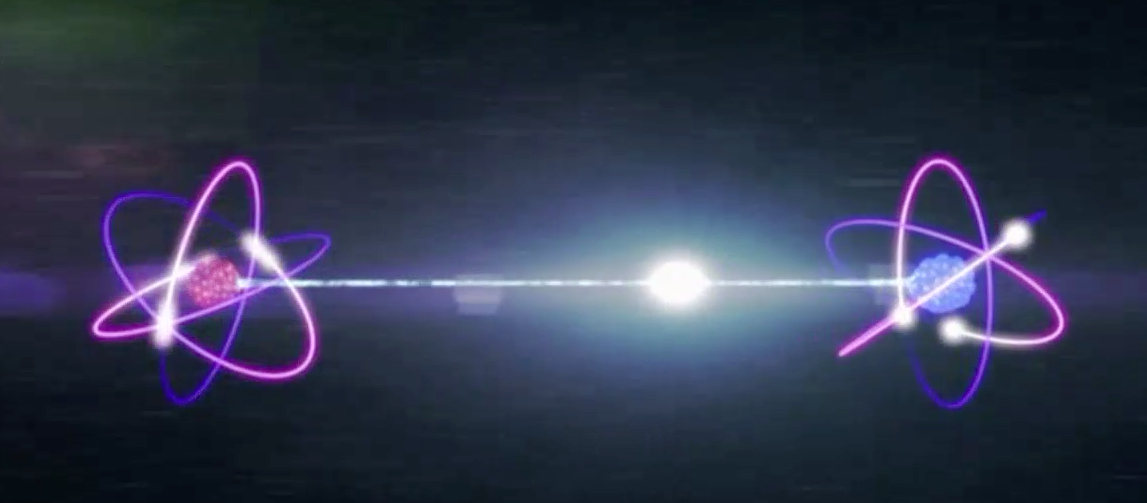Straight out of sci-fi? Researchers say that aliens use black holes to travel
08/12/2019 / By Edsel Cook

Black holes possess immense amounts of energy, and this very property has given a researcher the idea to use black holes as “launch pads” for starships preparing to explore the deep space. The black holes would curve laser beams back toward a receiving starship, and the boost in energy would help accelerate large spacecraft to relativistic speeds.
Astronomers could also investigate if alien civilizations relied on such a “halo drive,” as the study calls it, by seeing if pairs of black holes combine more often than expected.
Current spacecrafts burn huge amounts of fuel to push themselves through space; propellants occupy precious space and weight; and of course, the fuel supply aboard any spaceship eventually runs out.
Laser propulsion offers an alternative to fuel-based drives. Firing powerful beams of light at the reflective sails of a spaceship accelerates the craft forward. Since lasers consume electricity instead of fuel, they will function as long as the ship has power.
To accelerate heavier starships at a substantial percentage of light speed (relativistic speeds), more powerful lasers will be necessary. Columbia University in New York researcher David Kipping believed that gravity might help supercharge laser beams. (Related: Has the second “alien megastructure” been found?)
Taking the gravitational slingshot maneuver to a relativistic level
A “slingshot maneuver” takes advantage of the gravitational field of a celestial body to increase the speed of a spacecraft. Larger bodies possess more mass and gravity, so they impart higher speeds.
Researcher Freeman Dyson has taken that concept to the extreme. His “Dyson slingshot” uses a compact pair of white dwarf stars or neutron stars for the slingshot maneuver. The powerful gravity of those binary systems would speed up the spacecraft to relativistic speeds.
However, white dwarf stars and neutron stars emit intense radiation. Their gravitational forces might also rip apart the starship that tries to use them for a slingshot maneuver.
Kipping improved Dyson’s proposal by substituting a laser beam for the starship itself for the slingshot maneuver. Furthermore, he recommended using black holes instead of dying or dead stars.
The gravitational field of a black hole is so strong that it prevents anything that enters it from leaving. (Some believe the captured matter will eventually get released.) Even if photons only pass by, their course changes as the gravity tugs on the particles.
Kipping got the idea from a 1993 study by researcher Mark Stucker on gravitational mirrors. Stucker brought up the possibility of slinging a photon back to its source by using the immense gravity of a black hole.
Expanding on this, Kipping surmised that if the black hole was traveling in the direction of the source of the photon, the light particle would absorb some of its gravitational energy. A laser beam would come back stronger.
Black holes might propel alien starships with halo drives at sub-light speeds
Kipping dubbed his gravitational mirror-accelerated laser propulsion system as the “halo drive” for the ring of light it produced around the black hole. His calculations showed that the drive would speed up objects with the mass of Jupiter to relativistic speeds.
“A civilization could exploit black holes as galactic waypoints,” he wrote in his study.
Faster-moving black holes imparted more energy on a halo drive. Kipping sought out pairs of black holes that gravitated toward each other.
He calculated the increases from binary black hole systems where the partners orbited each other at relativistic speeds. These pairs were rare since they merged much faster than the other 10 million binaries in the universe.
Halo drive-equipped starships might also use solitary supermassive black holes that rotated at relativistic speeds.
Kipping advised other researchers to search for clues that alien civilizations tapped binary black hole systems for powering halo drives. Since the drive absorbed energy from the pairs, they increased the rate at which the black holes came together.
Sources include:
Tagged Under: alien civilizations, black holes, future science, future space travel, Gravity, halo drive, laser propulsion system, lasers, slingshot maneuver, space travel, Spacecraft, spaceships, Stars, Starship, supermassive black holes, UFOs, weird science
RECENT NEWS & ARTICLES
COPYRIGHT © 2017 FUTURETECH.NEWS
All content posted on this site is protected under Free Speech. FutureTech.news is not responsible for content written by contributing authors. The information on this site is provided for educational and entertainment purposes only. It is not intended as a substitute for professional advice of any kind. FutureTech.news assumes no responsibility for the use or misuse of this material. All trademarks, registered trademarks and service marks mentioned on this site are the property of their respective owners.



















